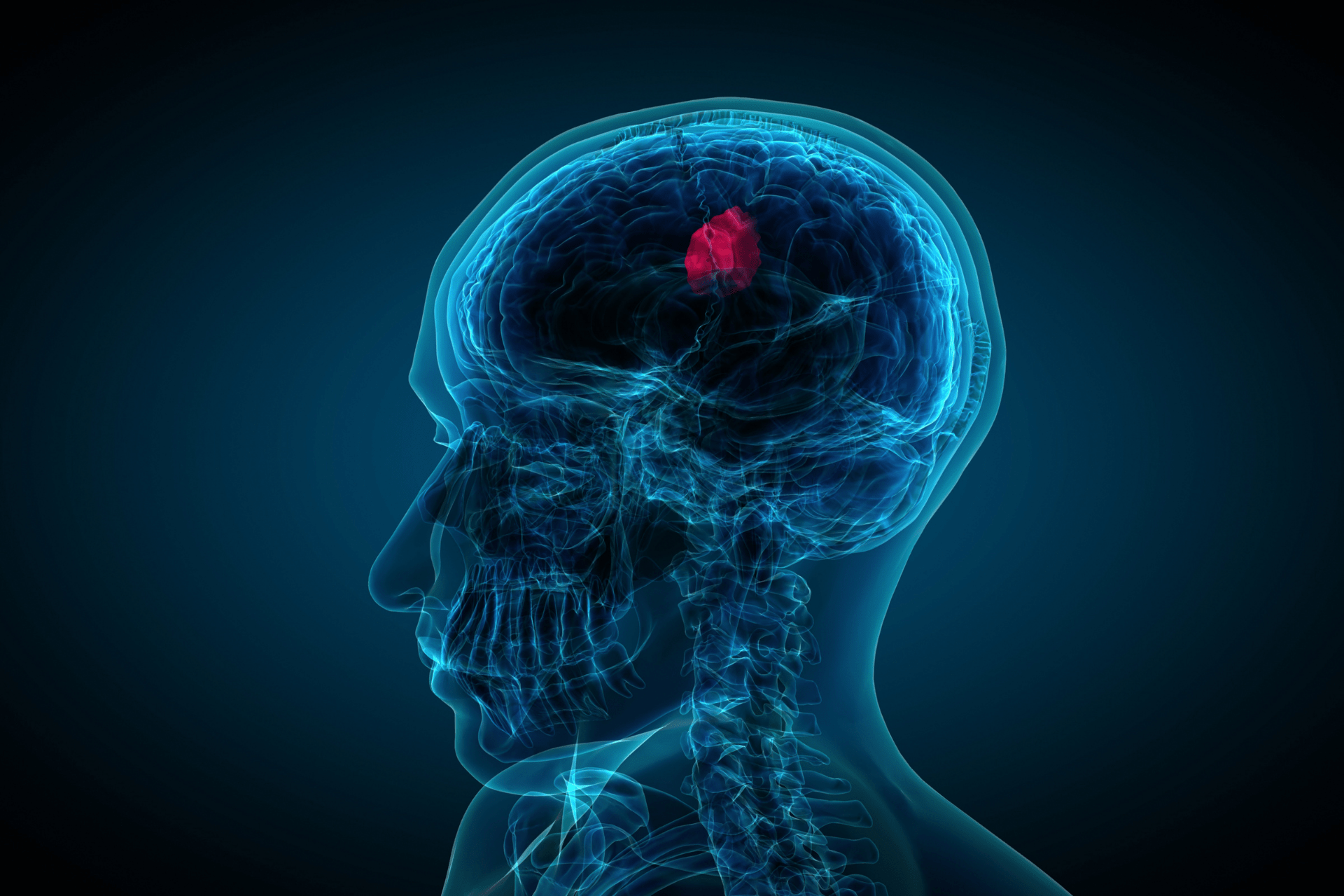
What It Does
In SDT, the medication SONALA-001 (aminolevulinic acid [ALA]), a small-molecule prodrug of protoporphyrin IX (PpIX) that is preferentially absorbed by tumor cells, is activated using MRI-guided focused ultrasound (MRgFUS). Focused ultrasound with a low frequency is known as MRgFUS.
SDT with MRgFUS and SONALA-001 has been proven in preclinical tests to significantly increase survival in animal models of the disease and decrease the growth of gliomas. SDT with ALA (also known as ALA SDT) was shown to be well tolerated, not linked with off-target cellular or radiographic effects, and directly demonstrated the generation of reactive oxygen species and targeted tumor cell death in recurrent GBM in a first-in-human phase 0 trial.
An open-label phase 1/2 trial of SONALA-001 in conjunction with Exablate 4000 Type-2 MRgFUS is now being conducted (NCT05370508). To determine the suggested dose for phase 2 testing, phase 1 of the ALA SDT test comprises testing several drug and FUS energy dose combinations, especially 10 mg/kg and 20 mg/kg of SONALA-001 and 200J, 400J, and 800J of FUS energy. The suggested treatment schedule for phase 2 testing will subsequently be determined by evaluating two and three ALA SDT treatments, each separated by a 28-day cycle.
Approximately 30 more patients will be enrolled in phase 2 testing after the dose and schedule have been set. This study will evaluate the safety and effectiveness of ALA SDT at the ideal drug/energy dose combination and treatment schedule.
Participating in both testing phases is Cleveland Clinic. For phase 1, 27 patients will be enrolled across 8 research locations, and for phase 2, 30 patients will be enrolled across 15 sites.
The frequency and seriousness of adverse events/adverse device effects (AEs/ADEs), significant AEs/ADEs, dose-limiting toxicities, laboratory tests, vital signs, electrocardiographic assessment, and neurologic and physical examinations are all included in safety assessments.
MRI will be applied during treatment cycles two through five, cycle seven, and then every three cycles until proven illness progression. The modified response assessment in neuro-oncology (mRANO) objective response rate, clinical benefit rate, time to response, duration of response and clinical benefit, and progression-free survival at 6 and 12 months are used to measure efficacy. From the start of treatment until death from any cause, overall survival will be evaluated.
Dynamic contrast-enhanced MRI and dynamic susceptibility contrast MRI will be used in MR perfusion to assess changes in artery density and vascularity that may suggest response to ALA SDT. We will get diffusion-weighted imaging and diffusion tensor imaging to search for variations in extracellular water and cell density that might represent tumor response. To find regional changes in oxidative stress and free radical production, T1 maps and susceptibility-weighted imaging will be obtained both before and after MRgFUS treatment.
Who’s a Candidate?
Participants in the trial must be adults with primary (de novo) GBM at first or second recurrence/progression for whom resection is not recommended. Within 14 days of the study's start, tumors must be supratentorial, contrast-enhancing, and bidimensionally measurable with a volume of 5 to 30 mL.